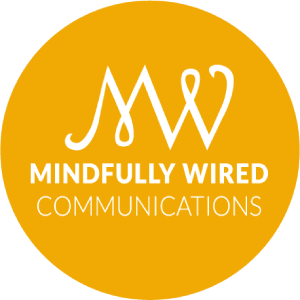DOES ANYONE ELSE’S MUM NOT KNOW WHAT THEY DO FOR A LIVING?
November 13th, 2017
It’s the middle of the working day, and my phone rings, it’s my mum.
“Harriet, I’m having a cup of tea with Diane, and we’re chatting about you and your job, and how much you’re enjoying it, but I’m struggling to explain what you do. Can you just explain it to her? She’s so interested.”
This sort of thing happens all the time.
I’m pretty sure not one person in my family, or my circle of friends, actually know what I do every weekday. But then, to be fair, I suppose it’s bound to happen when you work in the field of fisheries communication.
Luckily, the people who require our services do know what we do, and what we’re good at, and it allows us to take our small and niche business to new and exciting places.
In fact, it’s what took me to the beautiful, historic city of Rome last week. The Food and Agriculture Organization of the United Nations (FAO), asked Mindfully Wired Communications to provide our advice on the development of a fish loss and waste (FLW) guidance resource which they would like to make available to users via an interactive website.
According to the giant screens displayed outside the FAO’s Headquarters, more than 3.1 billion people depend on fish for at least 20% of their total protein intake. As well as a hugely valuable food source it also employs at least 56 million people worldwide (FAO). FLW is a major concern and occurs in most fish value chains so FAO wants to make it easier for policy-makers to find solutions to the loss of fish in the food chain, by bringing all the relevant information into one, single interactive platform.
During the consultation, I was asked to present examples from Gearing Up (a project MWC are running the communications for) to show how a website can efficiently pull complex information together and make it accessible, informative and directly relevant to the end-user. Some of my recommendations included the following;

- Develop a strong brand and identity – a strong brand helps build a lasting legacy which people will readily identify and acknowledge.
- Identify primary & secondary audiences and understand how users will discover, interact and benefit from the website – understanding your audience is vital and working together with them to ensure you are creating information that is relevant to them is essential.
- Break complex information down into infographics to help users quickly identify the information they need – people don’t have time to spend ages looking for information, make it as easy as possible with clear navigation.
- Forums allow users the opportunity to interact with a site, allowing people to swap case studies, stories and reports or ask for guidance/advice – providing users with a platform for discussion makes them feel part of something and will ensure they come back.
- Case studies, films and images bring information alive and help to provide context
As part of a group of 20 experts representing a cross-section of fisheries, agri-food development, technical and socio-economic specialists from around the world, I thought I might feel out of place as the only comms participant. However, by the end of the day, I knew I had contributed valuable information and my comms experience and knowledge will go on help to produce an accessible website that will help people find solutions to reduce fish loss and waste.
All in all, it was an excellent MWC day, and I was proud to be communicating all things fishy – and yes, I did ring my mum afterwards to tell her about my day so she can explain a part of what I do to all her friends!
